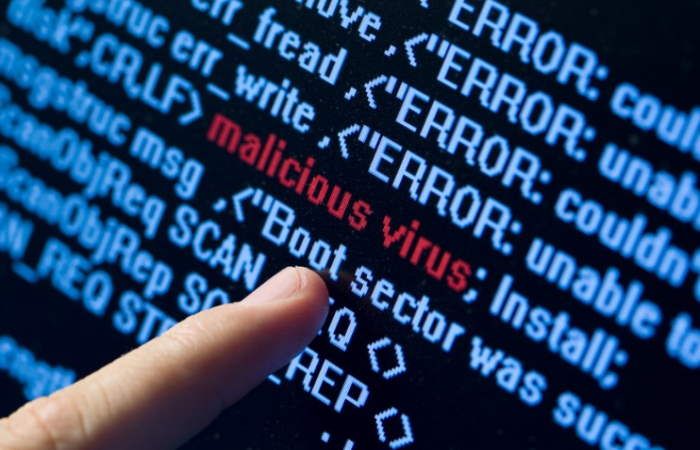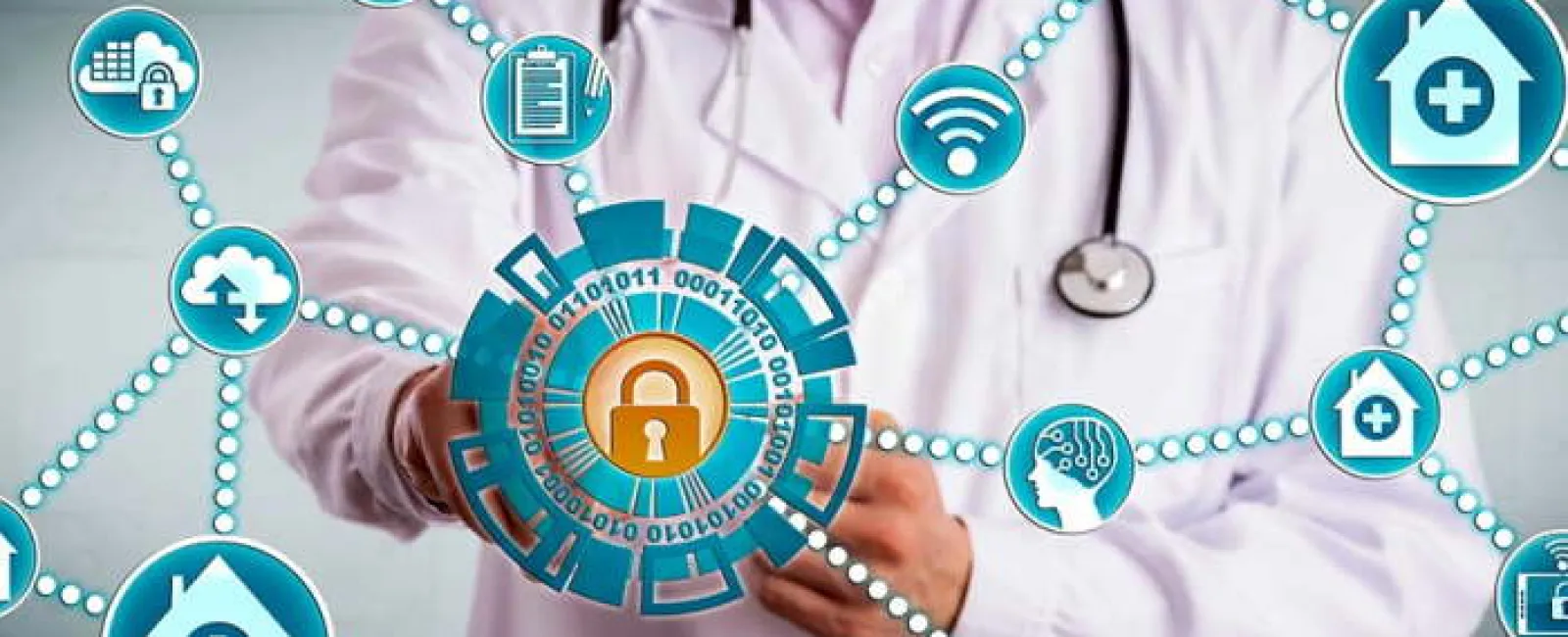Patient health information and records are strictly confidential and should not be used or reproduced in any way, especially without consent from the patient. Healthcare organizations responsible for collecting, storing, and using patient health information are governed by HIPAA cybersecurity laws to ensure that the patients' rights are upheld and protected when they receive care from various healthcare providers.
This guide will show you what organizations are doing to protect patients' rights and the laws that govern them.
Why HIPAA Compliance is Not Enough
HIPAA law protects patients' rights regarding how their personal and health information is used. Therefore, healthcare providers are subject to this law. But HIPAA compliance is no longer enough because healthcare providers and similar entities have switched to electronic and computerized systems.
For example, healthcare facilities and clinics now rely on electronic health records, radiology, and laboratory systems. Using electronics and digital technology for record-keeping increases the efficiency and mobility of tracking patient information. It also significantly increases the risks involved with maintaining the confidentiality and privacy of patient health data.
HIPAA compliance has become more critical than ever, especially in the cybersecurity. HIPAA cybersecurity is a specific approach covering healthcare entities that adopt technologies to provide quality patient care. It outlines the steps that entities must take to ensure appropriate safety measures are in place to mitigate patient data risks.
The HIPAA Privacy Rule indicates that the risk of cybersecurity spans beyond patients' electronic health records and now includes big data analytics. You must encrypt the shared data to ensure strict compliance and execute additional cybersecurity measures. Threats can come in various forms, such as phishing, unauthorized access, stolen login credentials, etc. It is the organization's responsibility to constantly monitor their network performance and assess user behavior to be alerted if there are any changes in user behavior patterns.
With that said, HIPAA Compliance is not equivalent to data security. There are more steps that should be taken to ensure that patients' data are protected.
Risks to Cybersecurity

HIPAA governs all types of patient health information, such as patient health history, test results, treatment details, and other identifiable data. Healthcare organizations must not disclose the information unless the patients consent to sharing such information for an agreed purpose. Several risks exist in maintaining and storing patient health records, especially electronically protected health information (ePHI). Use the HIPAA law as a starting point when developing cybersecurity policies that mitigate the risks of a potential data breach, among other forms of cyberattacks.
So, what are the risks to cybersecurity? Threats come in various forms, and your organization could be at risk to one or a few of these:
1. Malware
This cybersecurity threat is the most common and has been around since the inception of the internet. A malware attack involves installing unauthorized software or program to a target system with the intent of causing damage by deleting critical files, stealing information, or damaging other systems within your network.
2. Phishing
Phishing is another common cybersecurity attack that relies on social engineering. The end-user will receive a message that mimics a person of authority or trusted contact to illegitimately access the user's computer to steal data and execute other malicious intents.
3. DDoS
This threat involves the malicious party directing an overload of traffic to the target party. The purpose of the attack is to overwhelm the system until the web host is incapable of handling the surge of traffic, rendering it unable to operate or forcing the target to shut down the website.
4. Password Theft
This attack happens when a malicious party has gained access to your email or other login credentials. The attacker changes the password such that the account owner is denied access.
5. Traffic Interception
This cybersecurity threat is commonly known as "eavesdropping." It is when a third-party user (often unauthorized) intercepts the exchange of communication between two users to capture sensitive information, such as login credentials.
Enhancing Healthcare Cybersecurity

Knowing the risks of healthcare cybersecurity, it is crucial to take a holistic approach to improve security protocols and observe best practices. First and foremost, healthcare organizations need to look at HIPAA compliance and cybersecurity as one and not independent components. These two must work together to ensure that you can build a solid cybersecurity program, especially against sophisticated forms of cyberattacks.
No matter the size of your healthcare organization, you must prioritize reducing your cybersecurity risks. You can achieve this through actionable and relevant practices designed not just for compliance but to protect the integrity of your cybersecurity.
Here are the recommendations to enhance your security measures and ensure compliance with HIPAA cybersecurity:
Review your existing security risk assessment to identify potential gaps. The evaluation must be documented to meet regulatory compliance standards.
Develop a risk management plan that targets the identified vulnerabilities. Make sure that the measures in place are tailored for the healthcare industry.
Stay updated on the HIPAA cybersecurity policies. Use it as a starting point to ensure compliance, but consider the results of your most recent risk analysis.
Come up with a security incident response plan. You have to anticipate the possibility of an attack and know what steps you must take to address the threat and minimize the damage. It is always best to be ready for the worst-case scenario so you can be prepared to handle them.
Build a recovery plan following a data breach or other cyberattacks. Make sure you have a backup plan if the initial response is not plausible. The goal is to help your business restore full operations with minimal disruption.
Invest in a solid IT infrastructure, technologies, and processes that prevent significant data loss. The IT team is not solely responsible for ensuring the protection of your assets. Security planning must involve all levels of your business to ensure compliance and data preservation.
HIPAA cybersecurity compliance is a serious responsibility for healthcare organizations. Neglecting these policies isn't something you can afford, especially if you are entrusted with the patient's health information and personal data. Evaluating your cybersecurity measures to protect your patients and your business's reputation is crucial.

